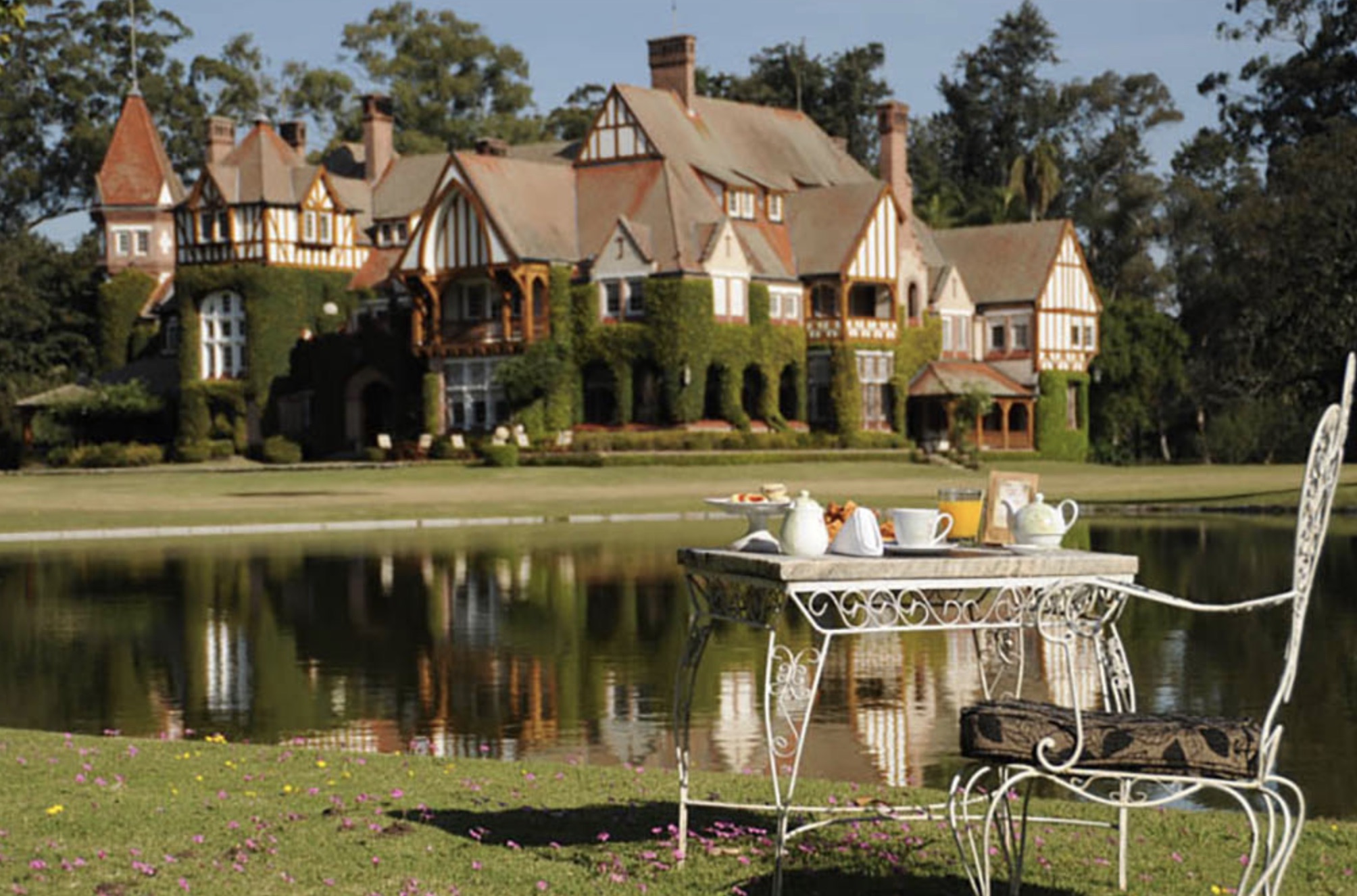What is an Estancia?
The word estancia is widely used in Argentina, Uruguay, Paraguay and in the south of Chile to refer to a vast agricultural area, it is quite similar to the notion of ranch in North America. But is it not quite the same.
A little bit of history will be helpful for you to understand the meaning of an authentic estancia in Argentina.
The first ranches and farms (farms are much smaller than ranches), appeared in Argentina in the 16th century, during the Spanish colonization. The conquerors and explorers were rewarded with large tracts of land. They accepted these lands as “payment” for their efforts.
The lots from the farms were used for agriculture, while the lots from the ranches specialized in breeding. The lots of the stays had to measure at least half a league by a league and a half, which is about 2025 hectares of land. This area was calculated so that between 800 and 1,000 cows fed on natural pastures, which is equivalent to about 2 to 2.5 hectares per animal. But some ranches reached 250,000 hectares.
Originally, the Pampa estancias were used to raise sheep for wool, but also cows for meat, fat and tallow. Tallow, a residual product obtained from the melting of animal fat, was used to make soap to clean, but also to soften and waterproof leather.
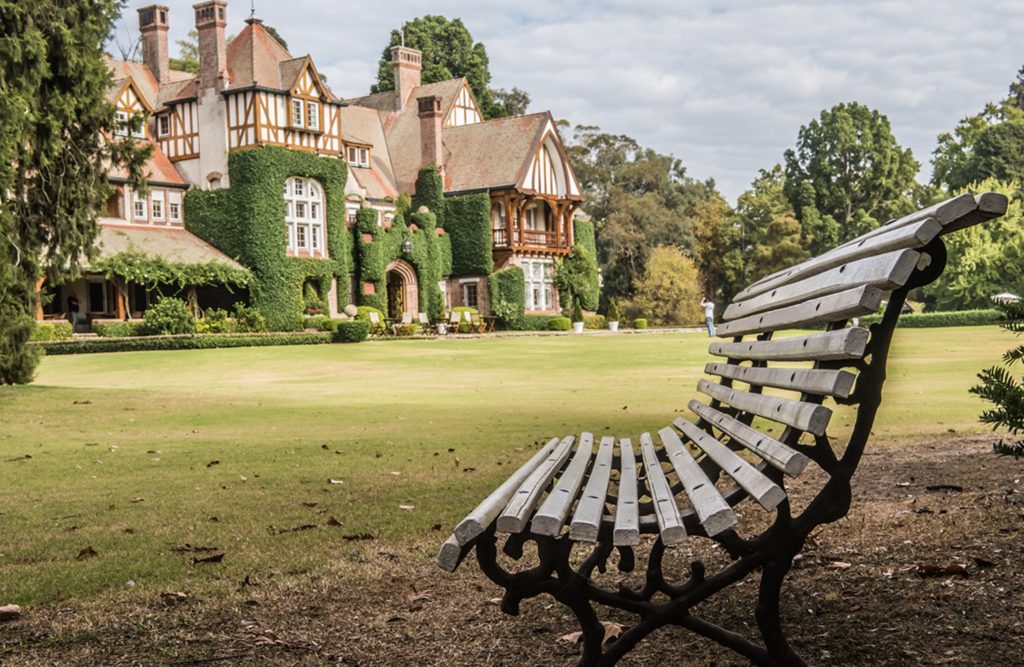
From generation to generation, these territories remained within the same families by inheritance, making Argentina a great land of great landed aristocrats. Those aristocrats are very known families in Argentina and they still own many estancias.
Those lands, recently occupied by the Creoles since the 18th century, were still inhabited by different indigenous tribes such as the Tehuelches, the Mapuches and the Araucanians. But the Indians began to fight to defend their land so the ranchers had to resist their regular attacks, building huge wells and placing cannons around their properties.
Throughout the colonial period, the farms were more numerous than the ranches, but from 1820 things were reversed. In fact, in those days large export and breeding farms were developed in the country. Around 1850, ranchers had to acquire the entire Argentine countryside, modernizing barbed wire facilities and corrals, buying sheep shearing machines, building stables…
From the end of the 19th century to the beginning of the 20th century, the phenomenon was reversed again. Through the sale of lots and the succession of inheritances, the lands were divided and the size of the estancias was reduced. In order to get as much profit as possible from their farms, these large landowners began to hire gauchos (Argentine cowboys), giving them the opportunity to gradually settle down by allowing them to use their land in exchange for a share of the crops produced on their land.
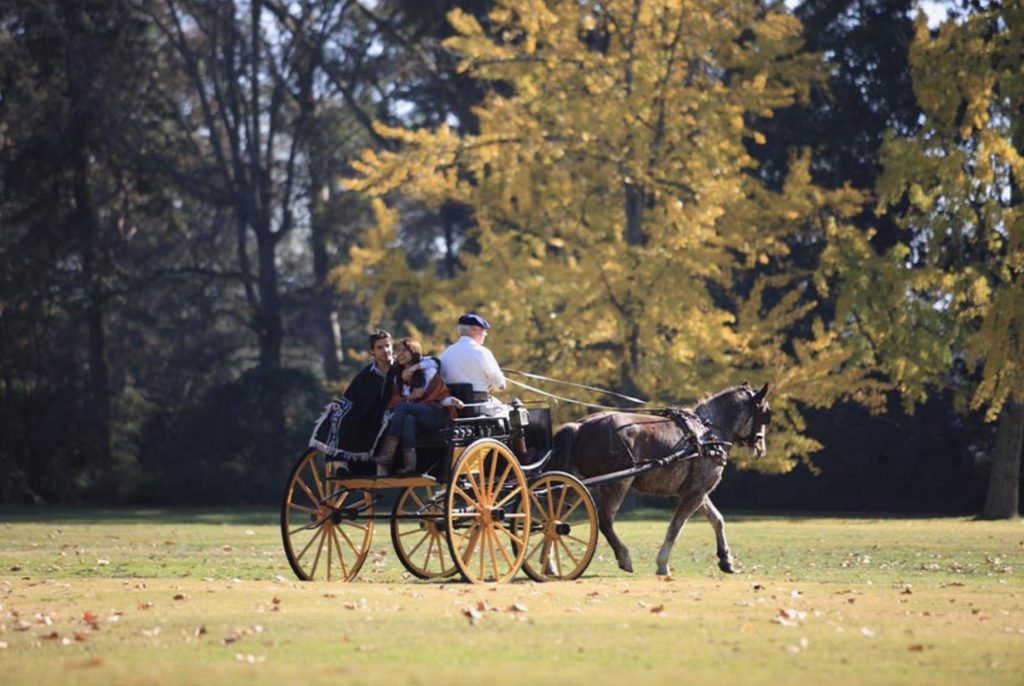
Since then, the rancher has been in charge of accounting and marketing, while the gaucho has been in charge of production and later receives a part of the profits; half, a third or a quarter following the contracts. Likewise, the production of the ranches became mixed, combining the production of cereals with Pampas livestock, at the same time that sheep farming was developed in Patagonia.
Today, many ranches continue to be active throughout Argentina. Many ranches have opened their doors to tourism and have an additional income from their main activities.
What to Expect on your Estancia Visit
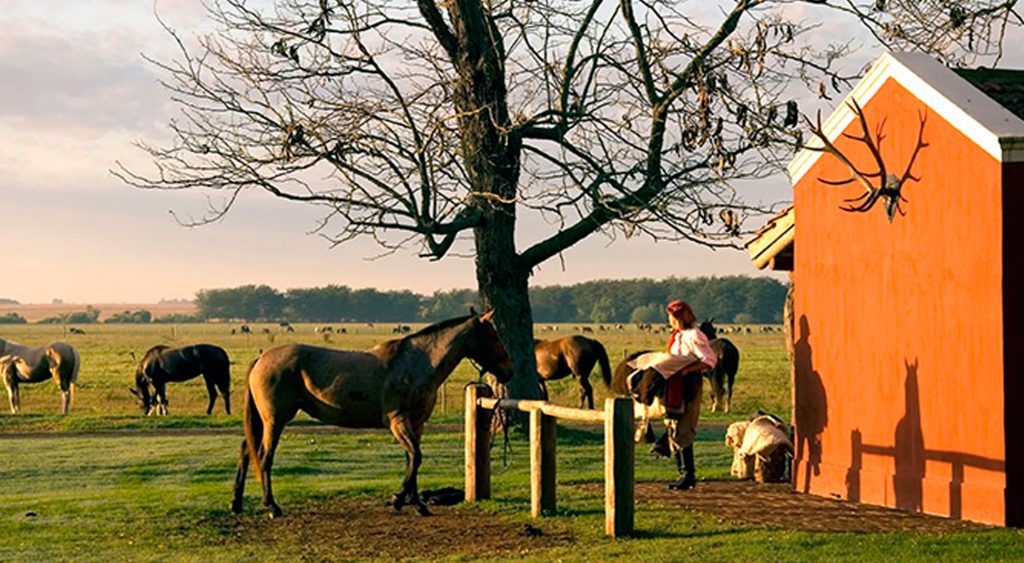
While some are known more for their horseback riding activities and facilities, all estancias invite guests to experience their unique culture. You’ll get a giant-sized taste of asado, traditional Argentine barbeque, empanadas (stuffed bread or pastry) and plenty of other local specialties, which often include dishes for which Argentina is not as well known for such as finest freshwater fish offerings.
Every estancia has its own special character and history; they offer several alternatives in authentic estancias to spend a day in the Pampas countryside see the vastness of the land and learn about the traditions and activities of these working.
Some fun activities you can do at an Argentine Estancia:
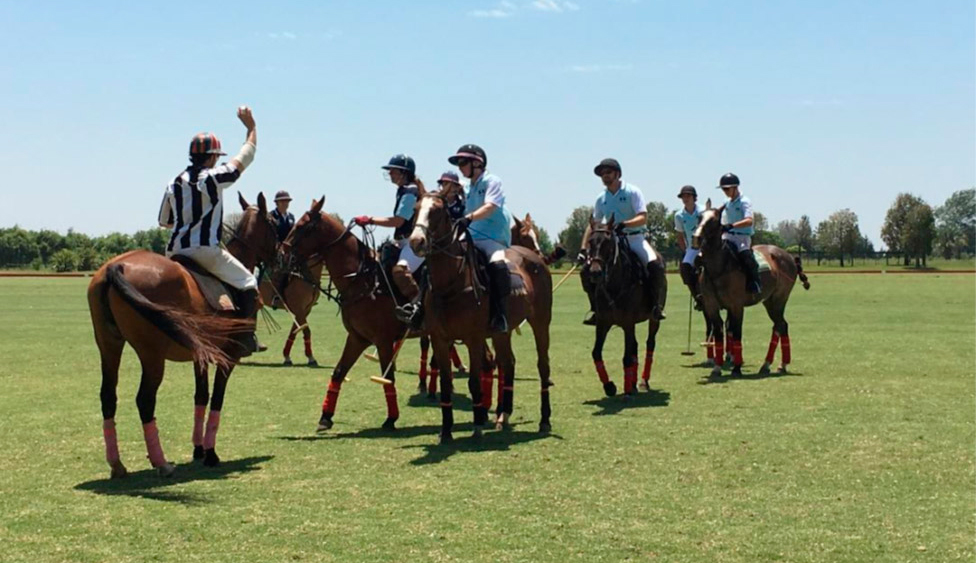
- Take polo lessons
- Go horse-back riding
- Take a cooking class
- Wine tasting
- Witness Gauchos do their daily activities such as herding, cutting, roping and taming animals
- Play Taba and other gaucho games
- Have a Reiki and Shiatsu massages
- Learn how to dance Tango
- Relax by the pool
- Play Tennis or Pickle ball
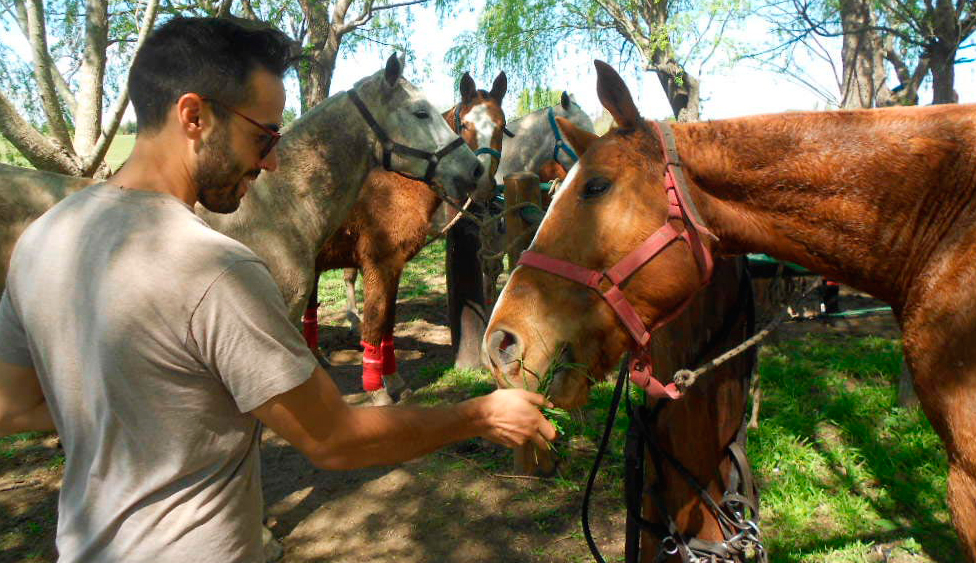
Specialized Estancias: Horseback Riding and Showmanship
Some estancias specialize in breeding horses and offer ideal conditions for travelers wanting the ultimate horseback riding vacation. Ranging from beginner to expert levels, these ranches usually offer guided trail rides, polo lessons, and a chance to ride along with the gauchos as they go about their daily ranch activities. There are even a few that will let small groups of guests take on roles almost to the point of being a gaucho for a week or more. At the other extreme, some ranches also have their own tack shops and will outfit a guest in gaucho apparel and equipment whether he or she ever rides a horse. Those estancias that cater more to serious riders tend to be located to the north and far south of Buenos Aires while dude ranches can be found on the outskirts of almost all major cities in Argentina.
Other estancias, while offering horseback riding for guests, also have regularly scheduled events on site that demonstrate the unique skill of the estancia’s gauchos. On these ranches, a visitor usually will see gauchos displaying their world-class horsemanship as they break a young horse or display showmanship of their considerable equestrian talents.
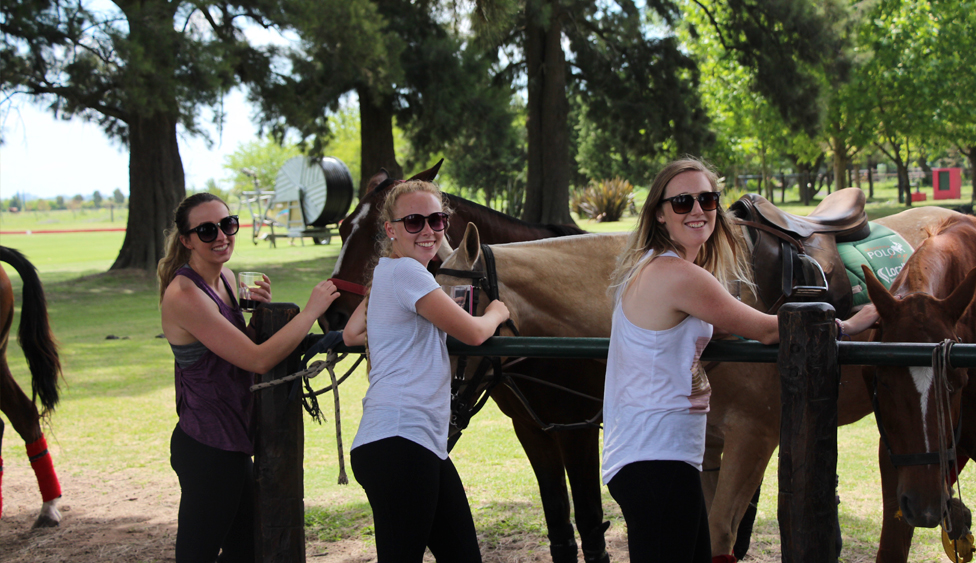
Finding an Estancia near Buenos Aires
For many visitors, a trip to Argentina means a stay in and around Buenos Aires. For those looking for equestrian showmanship or opportunities to soak up the estancia culture without the need to test their horseback riding skills, there are dozens of locations within an hour’s drive west and southeast of the city.
Some of the oldest estancias in Buenos Aires are found in San Antonio de Areco. If you visit Buenos Aires, make sure you make time to get to know the estancias and learn about the typical activities and traditions.
Visitors can learn to cook the typical Argentine barbecue, walk through large areas of the pampas, ride horses, learn to play polo, listen to authentic music from the region, meet silversmiths in their workplaces, visit historic houses and museums
Contact our experienced Travel Advisors and share your thoughts with them. Taking your preferences into account, they will help you plan your visit to the Estancia that will meet your expectations.


